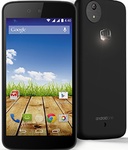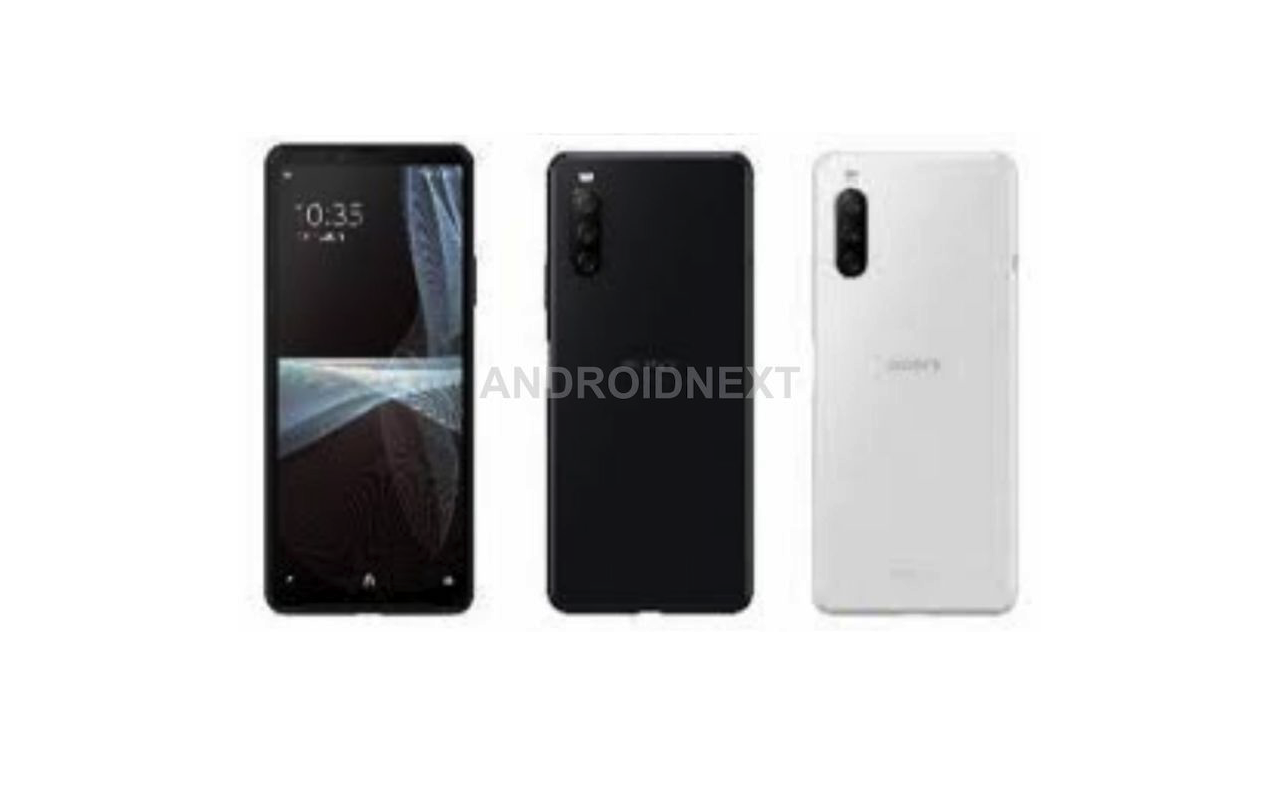Close Up Of LG Mobile Business Leaves A Hole But Who Will Fill It - Android
LG will officially close up shop, at least on the mobile side of things. The company will, of course, continue to produce televisions, robotics, and other top-tier products. Since it’s been operating at a loss on the smartphone side of the business since 2015 the move ultimately makes sense for the South Korean tech giant. [...]
Read More...
The post Close Up Of LG Mobile Business Leaves A Hole But Who Will Fill It? appeared first on Android Headlines.

LG will officially close up shop, at least on the mobile side of things. The company will, of course, continue to produce televisions, robotics, and other top-tier products. Since it’s been operating at a loss on the smartphone side of the business since 2015 the move ultimately makes sense for the South Korean tech giant. But one question that remains to be answered is just who will fill the void that leaves behind.
Why is this a question if the LG mobile business was failing enough to close up?
While LG’s mobile division didn’t operate at a profit, it did account for around 13-percent of the mobile market share in Q3 2019 and Q3 2020. That’s according to Counterpoint Research, applying to the US market. So the decision to exit the market is going to leave a sizeable hole. And that hole will need to be filled by another company. And other researchers have said that it had as much as a 10-percent market share, on average, in 2020.
Conversely, it would also be fairly easy to chalk LG’s loss up as a bonus for Samsung. That other South Korean tech giant presently leads the world on mobile shipments. And, as a result, accounts for a not-insignificant portion of the market in its own right. In fact, that same research by Counterpoint Research shows that Samsung typically held a 25-percent market share or more for the same timeframe.
Samsung also packs a punch in the mid-range and budget brackets typically occupied by LG. Especially as it has expanded on its Samsung Galaxy A and Galaxy M series devices with One UI and a more premium experience.
But that doesn’t mean Samsung can easily step in to fill the void either. The company has its hands full in the flagship segment already, between the Samsung Galaxy S and foldable handsets. So it isn’t necessarily going to be looking to take LG’s market share, although it ultimately might. That may prove to result in Samsung having too many irons in the fire, as it were. So who will fill the void left by LG?
Up and coming companies stand to gain here, and so do long-standing rivals
Now, there are plenty of long-standing rivals in the budget, mid-range, and budget-flagship categories. So the decision by LG to close up its mobile business doesn’t necessarily mean we need new companies. As noted above, Samsung is one possibility, albeit, an unlikely one since it’s already competing with most of its efforts elsewhere.
Among those companies that already provided some competition and could fill the gap are Motorola, Nokia, and perhaps even HTC.
On long-standing rivals and revivals
 Nokia 5.3
Nokia 5.3 The latter company, HTC, is probably the least likely to make a comeback. It has been stagnant in the mobile industry, only earning periodic gains, for years. Just like LG was. And it hasn’t released any major devices in the US over the past couple of years at least. But that doesn’t necessarily mean that it’s out entirely.
HTC has, for example, several 5G handsets planned over the course of 2021 on the global scale. If rumors are accurate, those will begin launching in the second quarter of the year. It remains to be seen whether or not any of those gadgets will make it stateside but, if they do, HTC could gain big. Especially since it was once a household name and leader in the flagship segment. And since it still has a sizeable following in the VR/AR markets.
Looking past the once-prominent Taiwanese company, Motorola is another long-standing company that stands to make gains. And it doesn’t necessarily need to make any massive changes to make that happen. The Lenovo-owned company’s biggest issue, at least from my own perspective, is its apparent lack of direction and brand recognition.
While most smartphone and technology users will recognize the Motorola brand, not many may recognize what the latest smartphones from the company are. And that comes down to naming conventions, as much as anything else.
Motorola has, for better or worse, effectively launched the same handsets repeatedly over the last several years. Updates to those are, of course, made. But the company continues calling the phones by the same model designation. Although it does offer up a year designation too, in some cases, that isn’t always enough to distinguish handsets. At least not from a consumer perspective.
Combining that with the sheer number of handsets released by Motorola makes for a confusing maze of products. So Motorola may need to claw its way back into the public consciousness at least to the same extent as HTC. The company makes plenty of smartphones and plenty of those are good enough to take the place of LG devices.
Another company that’s in a similar boat is Nokia. The company has been increasing its interest in expanding in the US. And that can be seen with new budget offerings in the Nokia X, G, and C series. But whether or not that effort will be enough, this far into Nokia’s existence remains to be seen.
On up-and-comers
 TCL 10 Pro
TCL 10 Pro The greatest competition, conversely, could come from companies that are either new or are new to the budget space. Or, at the very least, are new to the US market.
Now, that does preclude companies such as Xiaomi, ZTE, Vivo, and Honor. None of those has shown much interest in capturing the US market. But others, such as OnePlus and TCL absolutely have. Especially in the budget segment.
OnePlus, for example, launched its first truly budget phones back in 2020. Those were the Nord N10 5G and Nord N100. The former is arguably among the best 5G handsets in the affordable segment, offering plenty of top-notch features at a cost below $400. But irrespective of that OnePlus is already a household name. And, prior to the Nord series, it’s a household name known for balking at high-priced flagships while building comparable handsets at a fraction of the price.
The Nord series cements that in the budget and mid-range portions of the market. Doing effectively the same for those markets. And, at least for the Nord N10 5G, that’s available explicitly in the US, as well as globally.
Since OnePlus Nord N10 5G launched in late 2020, it isn’t necessarily going to take the affordable markets by storm. These are the company’s first steps into those segments, after all. And the company does stand to build on its legacy and eat up the market share left by the close of the mobile business, from LG, at the very least.
Another company under those same circumstances is TCL. While better known for its televisions and related audio solutions, TCL has been making phones for years. Primarily under other brands, such as BlackBerry. Now, it’s branching out with its own offerings, equipped with brilliant display technology developed with Pixelworks. And it’s aimed squarely at the US market, to at least the same extent as it is globally.
So who will ultimately win out?
As also noted above, the big contenders in this space would appear to be TCL and OnePlus. Both companies have an extensive history with smartphones but are relatively unknown in the US. And each is pushing forward with new mid-range and budget devices explicitly aimed at the US. OnePlus, with its Nord series. And TCL with its recent 10 series and its upcoming 20 series. The latter of which won awards at CES 2021.
Now, Samsung and Apple will undoubtedly take any mobile market share LG had in the US with regard to flagships before it decided to close up that business. OnePlus could potentially make gains on that front too. But since it isn’t as ubiquitous among devices in carrier stores, that doesn’t seem likely. Samsung also, as noted earlier, has its hands full in the flagship segment.
Similarly, Motorola stands to gain in the budget segment but will likely be relegated to a few handsets. Among competitors, only Motorola seems to be approaching devices in quite the same way as LG. At least in terms of innovation.
LG, for instance, had the LG Stylo series. That was a budget series aimed at adding a stylus to cheaper handsets. And now Motorola appears to be gearing up to fill up that segment of LG’s sales. And it could potentially make handsets that drive unique ideas forward in other areas too. Whether from its RAZR line or from some other form factor. Much in the same way LG was hoping to with its LG Wing and the now forever-unannounced rollable smartphone.
There are contenders with LG exiting the mobile business but it’s still up in the air
With all of that said, TCL, OnePlus, Nokia, and Motorola may very well simply divvy up the freed-up market share. That’s at least as likely to occur as any one company winning out over the others. Despite that OnePlus and TCL seem to be primed to fill the void.
And, more importantly, any of dozens of other scenarios could still play out too. HTC, for instance, could make a comeback. As that company has been gaining at least a modicum of traction over the past several quarters.
Other companies, such as Xiaomi or Honor, now disassociated from Huawei, could make the leap to the US market as well. Although neither has shown any indication of that and Xiaomi has outright said that the market is low on its list of priorities. That’s likely as the result of strong opposition to the brand among US government officials.
All of that is to say that the decision by LG to close up its mobile business doesn’t necessarily give any one of these companies a shoo-in to become the next big US competitor. But TCL and OnePlus are presently the most likely companies to step in and take advantage of the opportunity.
The post Close Up Of LG Mobile Business Leaves A Hole But Who Will Fill It? appeared first on Android Headlines.
12/04/2021 11:22 PM
Get lifetime access to Startups.com Unlimited for just $50
12/04/2021 04:55 PM
Sony Xperia 10 III image leaked before official launch
12/04/2021 11:30 AM
Facebook starts displaying state by state vaccination notifications
12/04/2021 07:54 PM
Sony Is Looking To Break Into Mobile Gaming With PlayStation
12/04/2021 07:16 PM
Google is shutting down its iOS and Android Shopping apps
12/04/2021 11:25 AM
Google Chrome Incognito Mode Gets Native Dark Theme
12/04/2021 12:44 PM
Apple's iPad mini drops to $345 at Amazon
12/04/2021 08:20 PM
- Comics
- HEALTH
- Libraries & Demo
- Sports Games
- Racing
- Cards & Casino
- Media & Video
- Photography
- Transportation
- Arcade & Action
- Brain & Puzzle
- Social
- Communication
- Casual
- Personalization
- Tools
- Medical
- Weather
- Shopping
- Health & Fitness
- Productivity
- Books & Reference
- Finance
- Entertainment
- Business
- Sports
- Music & Audio
- News & Magazines
- Education
- Lifestyle
- Travel & Local






